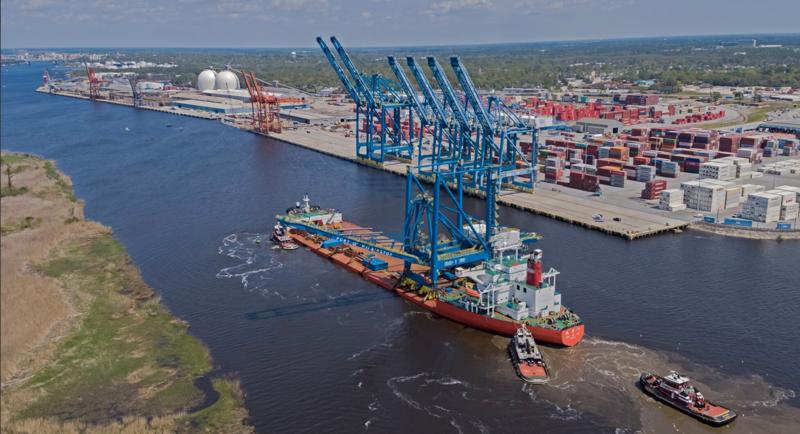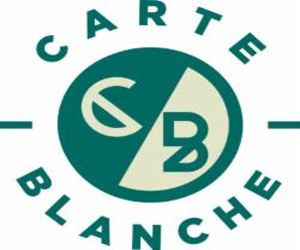International Monetary Fund Managing Director Kristalina Georgieva said tariffs will lead to higher costs and slower growth as the nation’s three largest economies – the U.S., China and E.U. – dominate global trade.
“Resilience is being tested again by the reboot of the global trading system,” Georgieva during a speech in Washington, D.C. on Thursday.
U.S. President Donald Trump has set out to re-order the global trade system with protectionist tariffs designed to bring jobs, manufacturing and industries back to the U.S. On April 2, which Trump dubbed “Liberation Day” for U.S. trade, the president announced higher tariffs for scores of foreign nations, but paused those higher rates hours after they went into effect on April 9. Trump said the pause will last for 90 days as he works on trade deals with other nations.
Trump’s trade policies have up-ended global markets and injected uncertainty into industries around the world. Georgieva said uncertainty was “off the charts.” High uncertainty isn’t good for trade, Georgieva said.
“Uncertainty is costly. The complexity of modern supply chains means imported inputs fit into a broad range of domestic products,” she said. “The cost of one item can be affected by tariffs in dozens of countries. In a world of bilateral tariff rates, which may be moving up or down, planning becomes difficult. The result? Ships at sea not knowing which port to sail to.”
Trump has paused his higher wave of tariffs for 90 days, but has said that is a temporary measure. Trump has also kept in place a 10% tariff on all U.S. imports and 145% tariffs on imports from China.
Georgieva said the longer the trade tensions bubble over, the more expensive things will get.
“The longer the uncertainty persists, the larger the cost,” she said.
She also compared modern trade to the flow of water.
“Ultimately, trade is like water: When countries put up obstacles in the form of tariff and nontariff barriers, the flow diverts,” she said. “Some sectors in some countries may be flooded by cheap imports; others may see shortages. Trade goes on, but disruptions incur costs.”
Georgieva said the major world economies need to calm those boiling tensions.
“In trade policy, the goal must be to secure a settlement among the largest players that preserves openness and delivers a more level playing field – to restart a global trend toward lower tariff rates while also reducing nontariff barriers and distortions,” she said.
“We need a more resilient world economy, not a drift to division,” she added.
A tariff is a tax on imported goods. The importer pays the tax and can either absorb the loss or pass the tax on to consumers in the form of higher prices.
In his “Liberation Day” speech, Trump said foreign nations for decades have stolen American jobs, factories and industries. He said the tariffs would bring in new jobs, factories and industries and return the U.S. to a manufacturing superpower.
“Our country and its taxpayers have been ripped off for more than 50 years,” Trump said. “But it is not going to happen anymore.”
Trump has made big promises about his tariffs on the campaign trail and since inauguration. He has said tariffs will make the U.S. “rich as hell,” bring back manufacturing jobs lost to lower-wage countries in decades past and shift the tax burden away from U.S. families.
Some nations, including China, have responded with retaliatory tariffs on U.S. goods. Others have signaled they are eager to make a deal with the Trump administration. Trump has not yet announced any trade deals. Trump paused the higher tariffs for 90 days, giving his administration limited time to make deals with 75 nations the White House reported reached out seeking trade negotiations.







